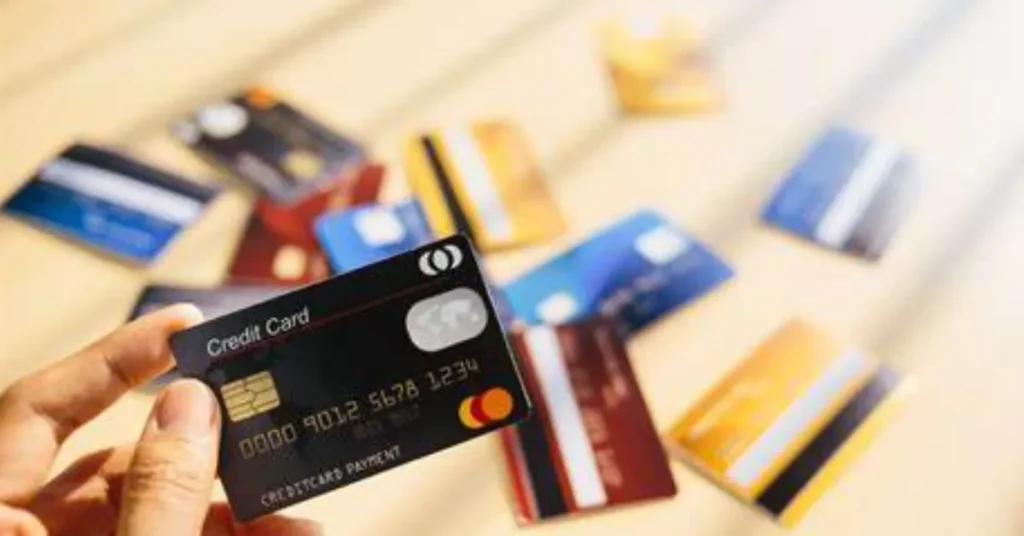Starting your financial journey as a student can be both exciting and challenging. One of the best tools to build a solid financial foundation is a student credit card. Designed specifically for young adults attending college, student credit cards offer a unique opportunity to establish credit history, learn money management, and enjoy financial perks. But how can you make the most of a student credit card without falling into debt? In this comprehensive guide, we’ll walk you through what student credit cards are, why they’re beneficial, and how to use them responsibly.

What Is a Student Credit Card?
A student credit card is a type of credit card created for individuals enrolled in college or university, typically those with limited or no credit history. Unlike traditional credit cards, student cards often have more lenient approval requirements, lower credit limits, and may include features such as no annual fees or cashback rewards on purchases like dining, groceries, and gas.
Main Features of a Student Credit Card:
- Easier Approval: Designed for first-time credit card users with little or no credit history.
- Lower Credit Limits: Keeps students from spending beyond their means.
- No Annual Fees: Most student credit cards waive the annual fee, making them affordable.
- Rewards Programs: Some cards offer rewards for responsible spending and on everyday purchases.
Why Should Students Consider Getting a Credit Card?
A student credit card can be a valuable tool for building your credit and learning financial responsibility. But beyond that, these cards offer several benefits that can make managing your finances easier while you’re still in school.
1. Build Your Credit History
Building a strong credit history is essential for future financial opportunities, such as securing loans, renting an apartment, or even getting a job. A student credit card allows you to establish a credit profile by demonstrating responsible borrowing habits, like making on-time payments and staying within your credit limit.
2. Learning to Manage Money
A student credit card can teach you how to manage money responsibly. You’ll learn to budget, track spending, and prioritize bills, all of which are important skills for when you graduate and face larger financial obligations.
3. Access to Emergency Funds
While it’s advisable to maintain an emergency fund, a student credit card can serve as a safety net in case of unexpected expenses, like car repairs or medical bills.
4. Earning Rewards
Many student credit cards offer rewards programs, giving cashback on purchases such as groceries, dining, or textbooks. While the rewards may not be massive, they can add up and provide some extra value on everyday spending.
How Do Student Credit Cards Work?
Student credit cards function similarly to regular credit cards, but with features designed to cater to first-time users. Here’s how they work:
Credit Limits
Student credit cards generally come with lower credit limits, often between $300 to $1,000. The lower limit is intended to help students manage their spending and avoid accumulating significant debt.
Interest Rates
Student cards may have higher interest rates than some regular credit cards due to the lack of credit history. However, if you pay off your balance in full each month, you won’t have to worry about accruing interest charges.
Rewards and Cashback
Some student credit cards offer cashback or points on purchases. These rewards are typically modest but can offer value when used strategically, such as on recurring expenses like gas, groceries, or school supplies.
Best Student Credit Cards in 2024
If you’re a student looking for the best credit card options available in 2024, here are a few top contenders that offer great benefits:
1. Discover it® Student Cash Back
- Annual Fee: $0
- Rewards: 5% cashback on rotating categories (like restaurants or Amazon) and 1% on all other purchases.
- Bonus: Discover matches all the cashback you’ve earned at the end of your first year.
- Perks: No late fee on your first late payment and free FICO® credit score monitoring.
2. Chase Freedom® Student Credit Card
- Annual Fee: $0
- Rewards: 1% cashback on all purchases.
- Bonus: $50 after making your first purchase within three months of account opening.
- Special Feature: Automatic credit line increases with responsible use.
3. Bank of America® Travel Rewards for Students
- Annual Fee: $0
- Rewards: 1.5 points per $1 spent on all purchases.
- Bonus: 25,000 online bonus points after making $1,000 in purchases in the first 90 days.
- Special Feature: No foreign transaction fees, ideal for students studying abroad.
How to Apply for a Student Credit Card
The process of applying for a student credit card is straightforward, but understanding the requirements will help you get approved more easily.
Check Your Eligibility
To qualify for a student credit card, you generally need to:
- Be at least 18 years old.
- Be enrolled in a college or university.
- Have some form of income or a co-signer if you don’t have an income source.
Compare Card Options
It’s important to choose the student credit card that best meets your financial needs. Look at interest rates, rewards programs, and other features to decide which card aligns with your spending habits.
Submit Your Application
Apply online by providing personal information, proof of student status, and income. Some applications may ask for additional documentation, such as identification or details from a co-signer.
Use Your Card Responsibly
Once approved, use your card for everyday expenses, but remember to pay off the balance in full each month to avoid interest charges.
Benefits of Student Credit Cards
Owning a student credit card comes with several advantages, which go beyond just having access to credit. Let’s explore the benefits:
1. Build a Strong Credit Score
A student credit card is your first step toward building a healthy credit score, which is essential for many financial decisions later in life, such as taking out loans or buying a car.
2. Gain Financial Experience
Using a student credit card teaches you how to manage credit wisely. You’ll learn to pay bills on time, budget for expenses, and monitor your credit usage—all essential skills for your financial future.
3. Enjoy Rewards on Everyday Spending
With cashback or rewards programs, you can earn back a small percentage of what you spend on regular purchases like food, gas, or school supplies.
4. No Annual Fees
Most student credit cards come with no annual fees, which makes them a cost-effective way to build credit without adding extra financial burden.
Tips for Using a Student Credit Card Responsibly
Owning a credit card is a serious responsibility. Here are some tips to ensure you’re using your student credit card wisely:
1. Always Pay Off Your Balance
Make it a habit to pay your balance in full each month. Carrying a balance will result in interest charges, which can lead to debt over time.
2. Monitor Your Spending
It’s important to keep track of your spending and ensure you’re not exceeding your budget. Many credit card companies offer mobile apps that can help you monitor your transactions in real-time.
3. Stay Within Your Credit Limit
Keeping your credit utilization low (below 30% of your credit limit) will help improve your credit score. Overspending can negatively impact your credit and lead to financial problems.
4. Avoid Late Payments
Set up automatic payments or reminders to make sure you never miss a payment. Late payments can hurt your credit score and result in fees.
Conclusion
A student credit card can be a fantastic way to begin building your credit and learning financial responsibility. However, the key to success is using it responsibly—by paying off your balance each month, keeping your spending in check, and monitoring your credit score. As you build your credit over time, the financial lessons you learn today will benefit you in the future, setting you up for a lifetime of financial health and independence.
